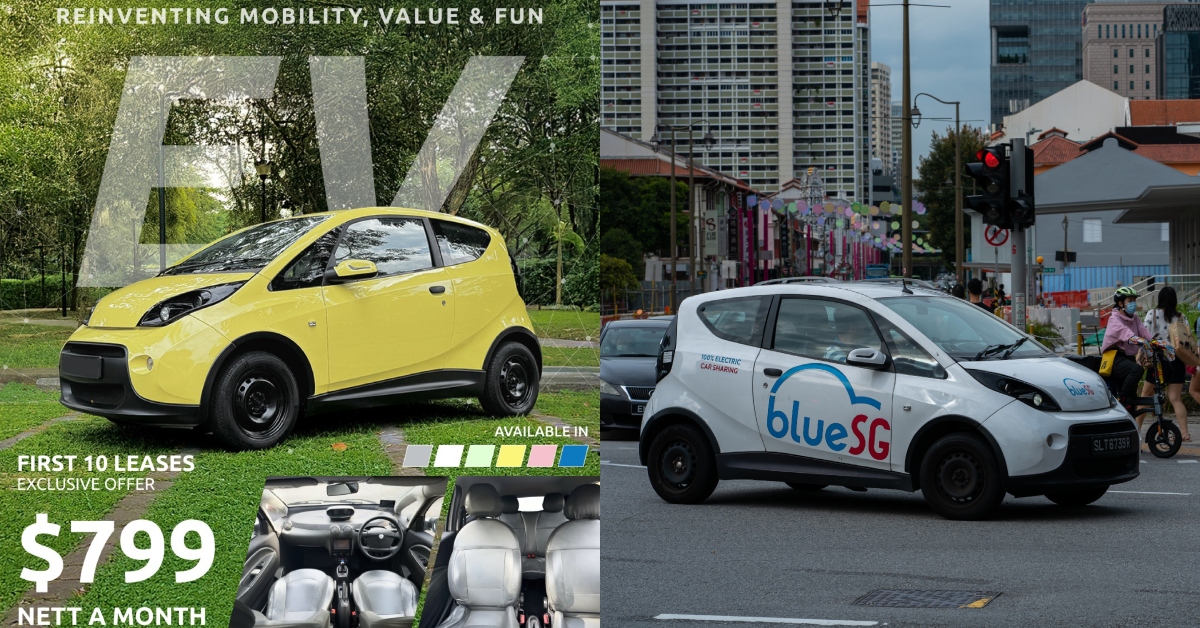Digital Connectivity on Wheels: IoT for Micromobility
The Internet of Things (IoT) has provided opportunities for manufacturers to leverage connectivity with other essential benefits. The number of linked items in various industrial operations has increased dramatically.

The demand for IoT is being boosted significantly by its increasing applications in fields such as entertainment, security, and the environment. IoT's scalability, security, and sustainability are some of the main reasons for its global acceptance by end-users belonging to different industry segments. Micromobility is one such industry that is witnessing a rapid adoption of IoT applications in recent times. Countries all over the globe are supporting micromobility to alleviate traffic congestion and pollution. This is expected to lead to an increase in the integration of global IoT solutions in the micromobility market. The latest market report from BIS Research suggests that the global IoT solutions for the micromobility market is expected to witness growth at a compound annual growth rate (CAGR) of 17.4% during the forecast period 2020-2031. The concept of micromobility alludes to a group of small, light vehicles that travel at speeds of less than 25 km/h (15 mph) and are operated by individuals. Cycles, electric bikes (or e-bikes), electric scooters (or e-scooters), electric skateboards, shared bicycles, and electric pedal-assisted (pedelec) bicycles are examples of such vehicles. e-scooters are suitable for covering short distances in metropolitan areas. Longer and speedier trips are ideal for e-bikes. e-mopeds extend the range even farther. As the "e-" (electric) prefix indicates, they're all powered by batteries. They're gaining popularity in cities all around the world as part of collective micromobility schemes and, progressively, for personal usage. They're all IoT gadgets on wheels, and they're less obvious to the naked eye. They usually have a satellite-based location receiver, a cellular transmitter for cloud communication, and a short-range Bluetooth or internet link for local functions, including user access control and setup, as well as operator servicing and repair. Micromobility is another illustration of how digital connection is progressing from a technological standpoint. The world has entered a digital phase in which linked gadgets are no longer restricted to smartphones, PCs, and tablets. Appliances, medical gadgets, thermostats, sensors embedded in industrial and supply systems, and vehicles — notably shared bikes and scooters, to mention a few — all have them. The ability to manage fleets using IoT technologies is critical to the success of micromobility. This technology is especially relevant in the light of recent criticism of e-scooters regarding concerns that they may become a nuisance when left unattended on roadsides that may lead to traffic congestion. Keeping track of a micromobility fleet ensures that the vehicles are wherever they should be and are in good operating shape. It is an unsaid obligation of the firms that provide micromobility services to keep their users and drivers safe. With the right IoT devices installed, firms can easily keep track of the vehicles' location. Transportation intelligence systems have been developed because of this to increase the safety of riders, drivers, and passengers utilizing the micromobility commuting system. Furthermore, with the development of technologies such as route navigation, emergency alert, and driving assistance, customers nowadays prefer to have an aspect of entertainment in their automobiles. The Internet of Things has opened enormous opportunities for growth in every industry, with micromobility being one of the most crucial ones. Micromobility has the potential to give commuters first- and last-mile connections. As a result, micromobility as a service is now seeking to incorporate dockless electric bikes and mopeds in urban centers. IoT-powered GPS trackers and sensors are used in these dockless automobiles. With more people embracing IoT and a growing number of people relocating to cities for work, traffic is only going to become worse, and IoT will play a big role in managing it. Curious about which innovative technology is gaining traction in your industry? BIS Research provides the most up-to-date market research and studies. View our reports on MarketResearch.com. The Internet of Things (IoT) has provided opportunities for manufacturers to leverage connectivity with other essential benefits. The number of linked items in various industrial operations has increased dramatically.
The Internet of Things (IoT) has provided opportunities for manufacturers to leverage connectivity with other essential benefits. The number of linked items in various industrial operations has increased dramatically.Micromobility
Digital Interconnection in Everyday Life
Creating a Secure Micromobility Solution
Conclusion

 Tekef
Tekef 







![How to Calculate Marketing ROI [+Free Excel Templates]](https://blog.hubspot.com/hubfs/Marketer%20calculating%20ROI%20in%20marketing%20from%20free%20Excel%20templates.jpg#keepProtocol)




![How Consumers Prefer to Interact With Brands [HubSpot Blog Survey]](https://blog.hubspot.com/hubfs/customer-interact-2017.jpg#keepProtocol)



















